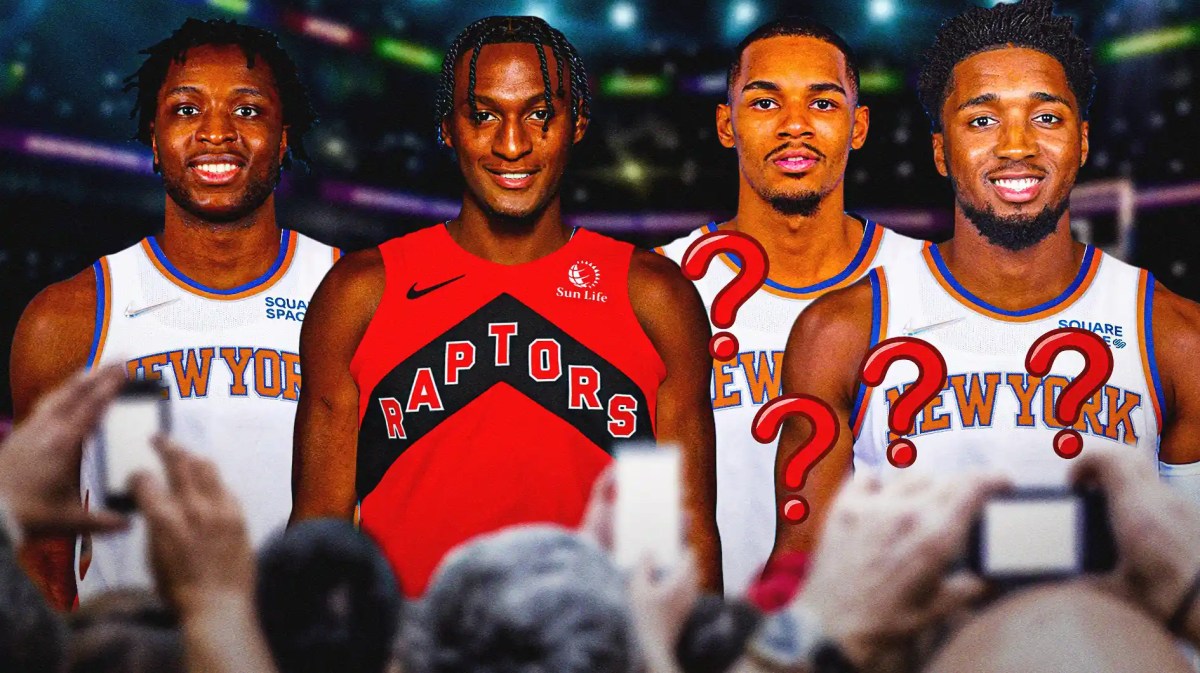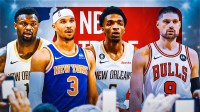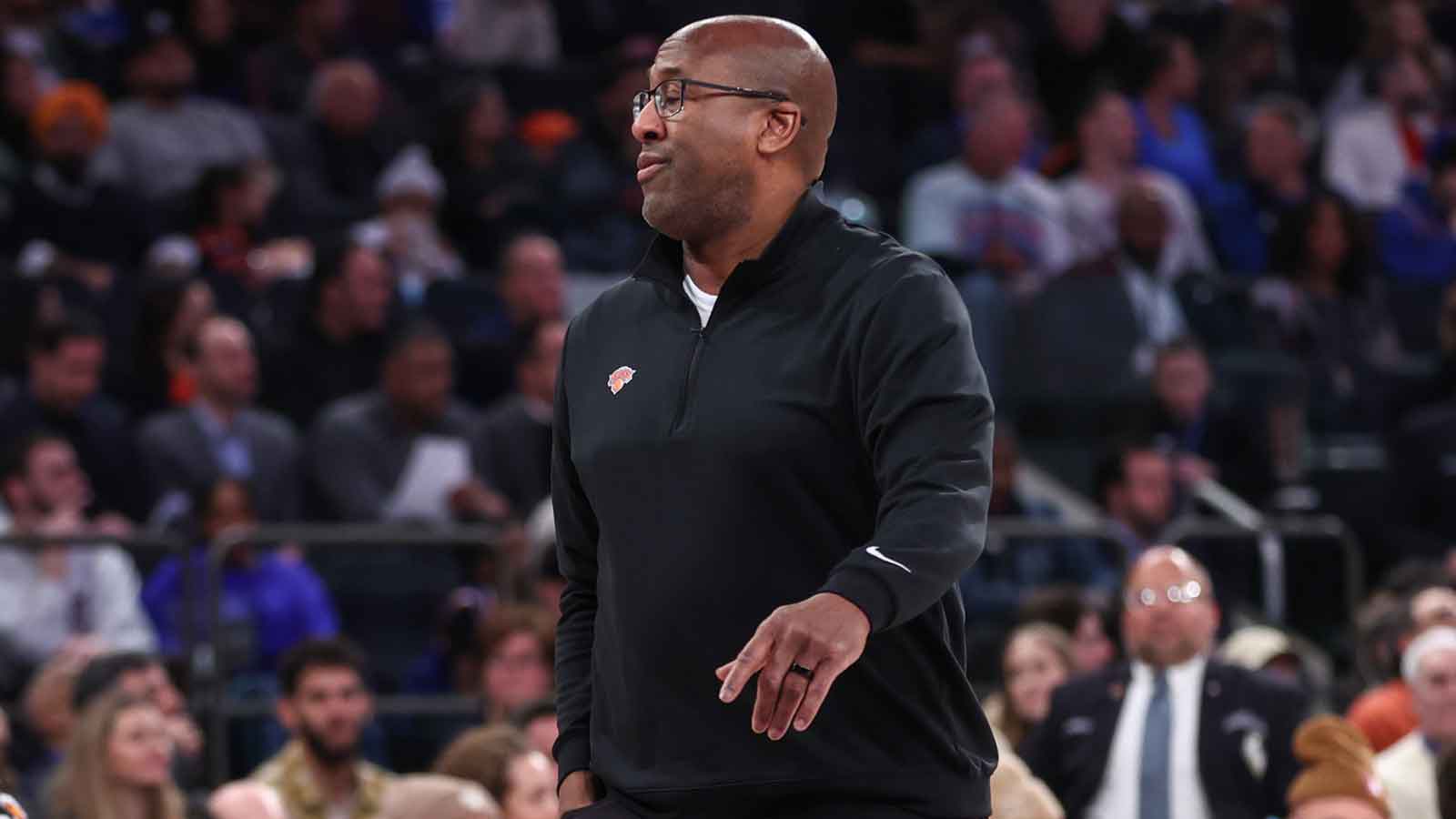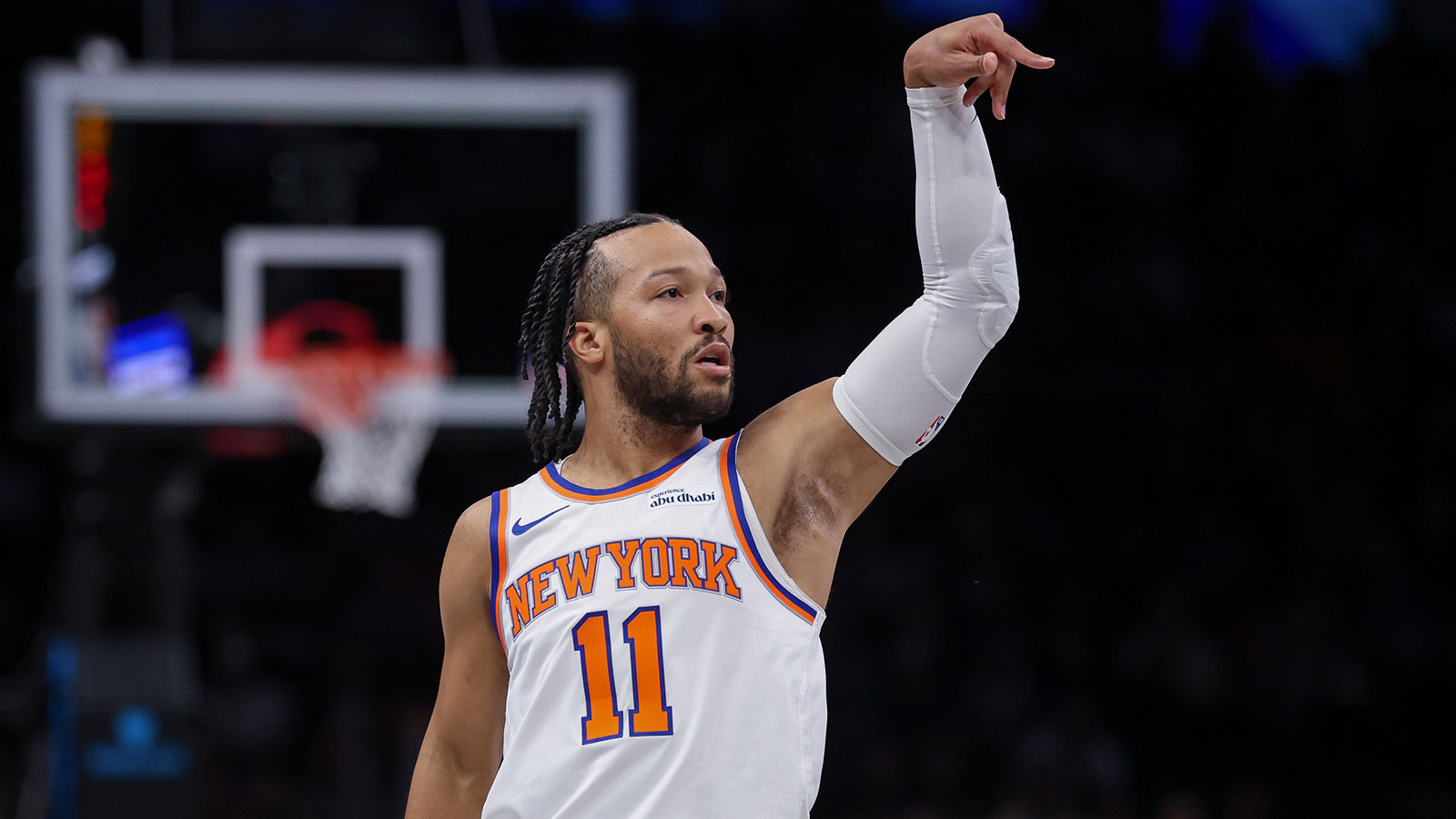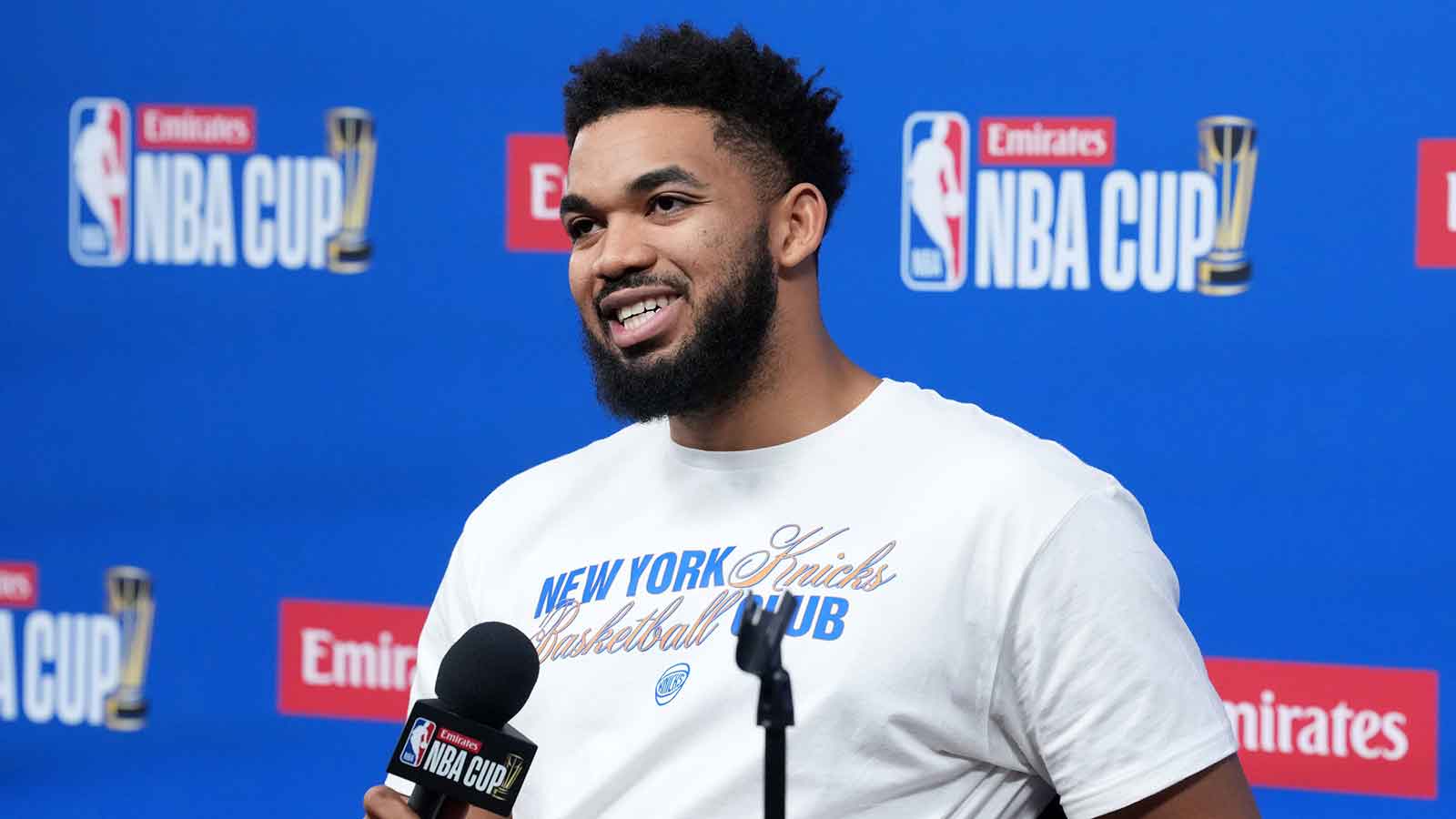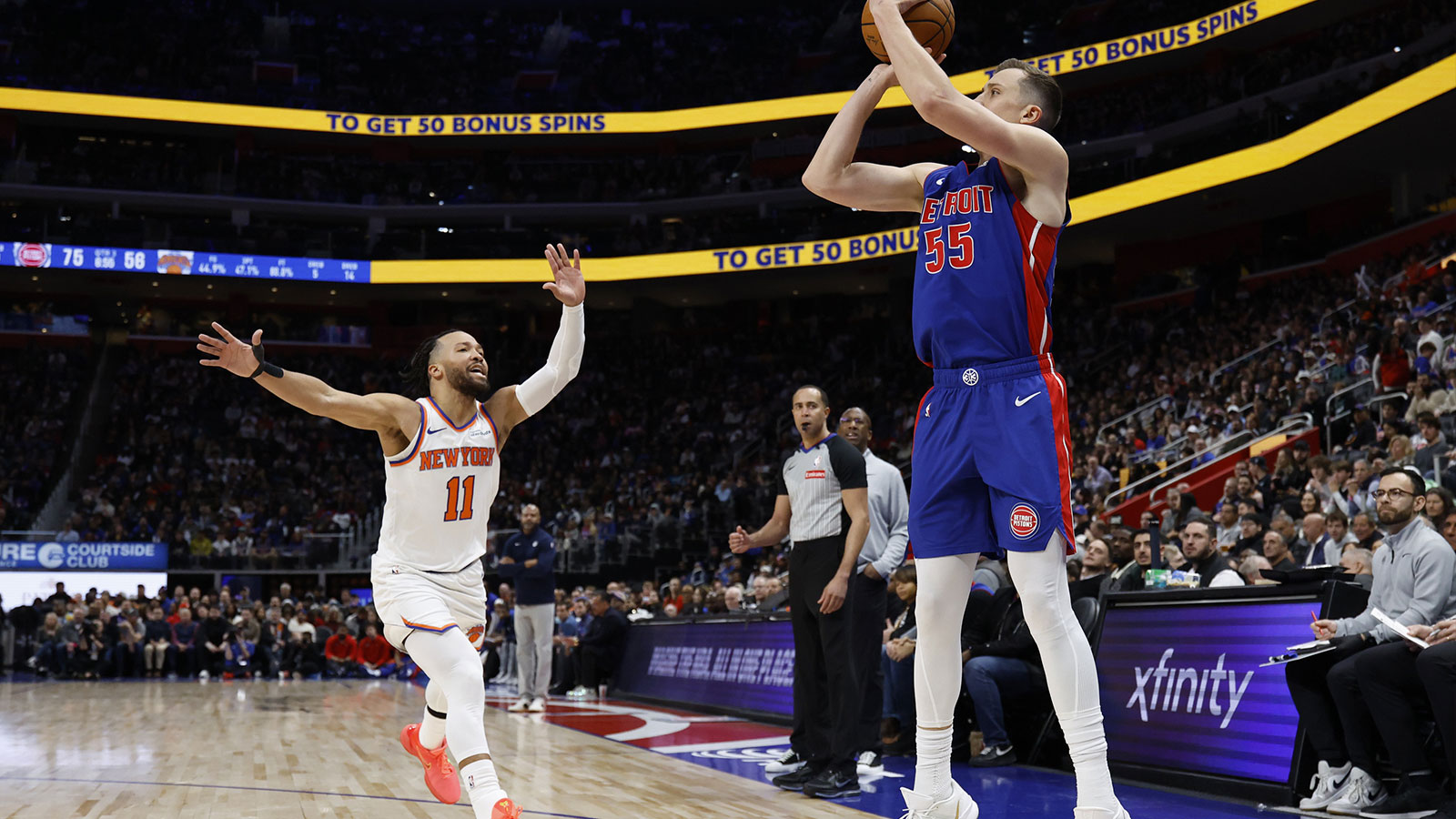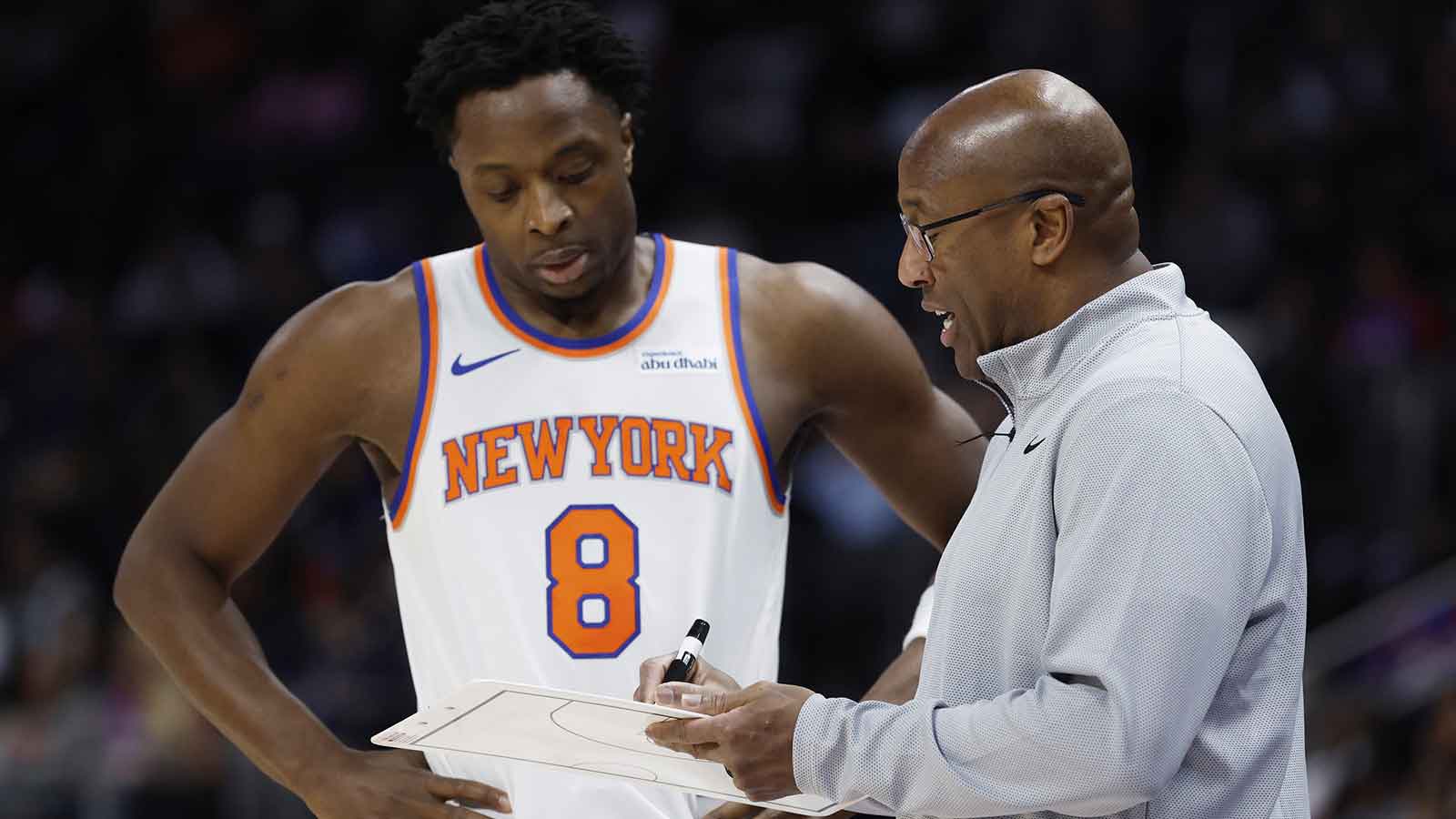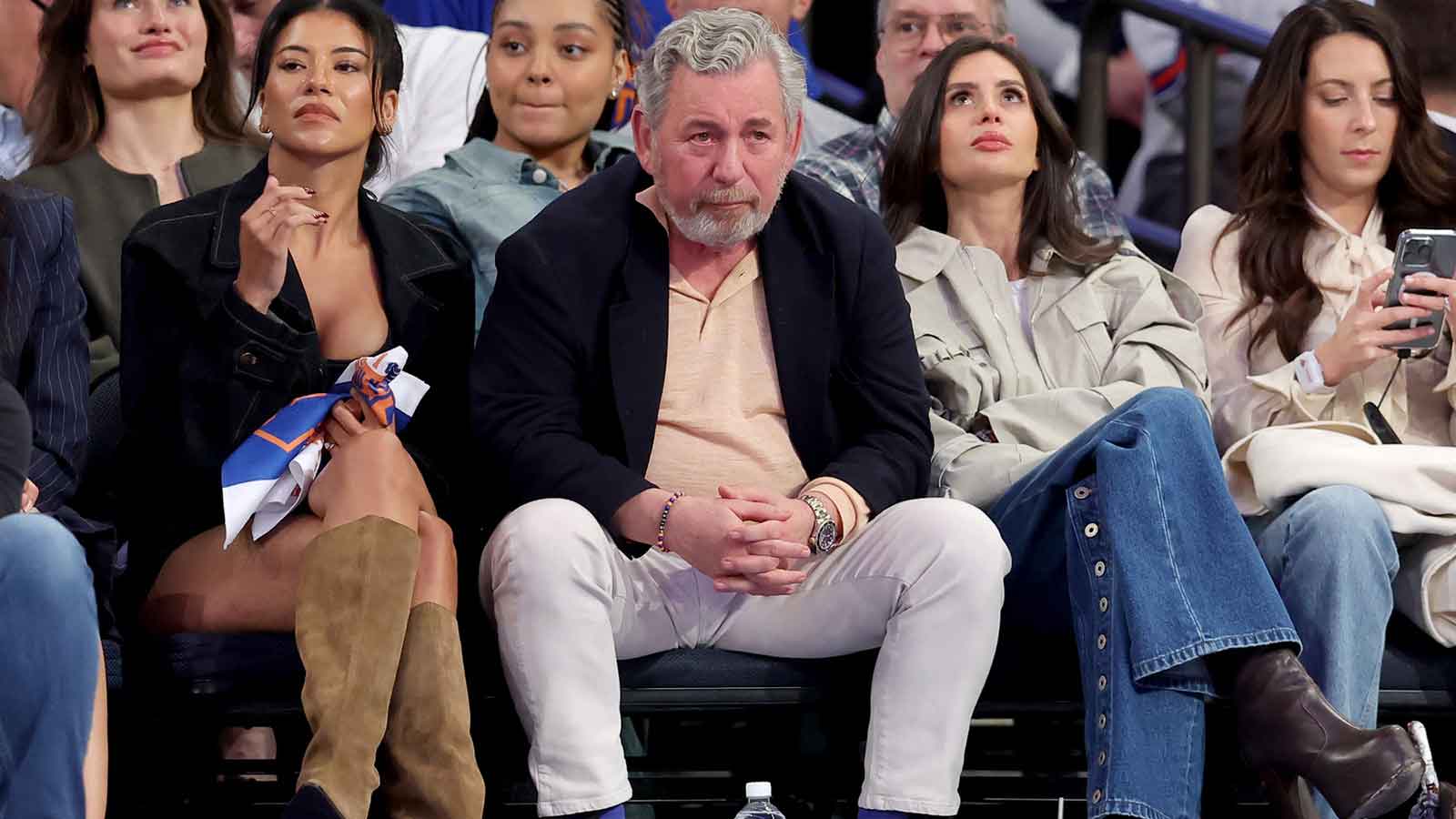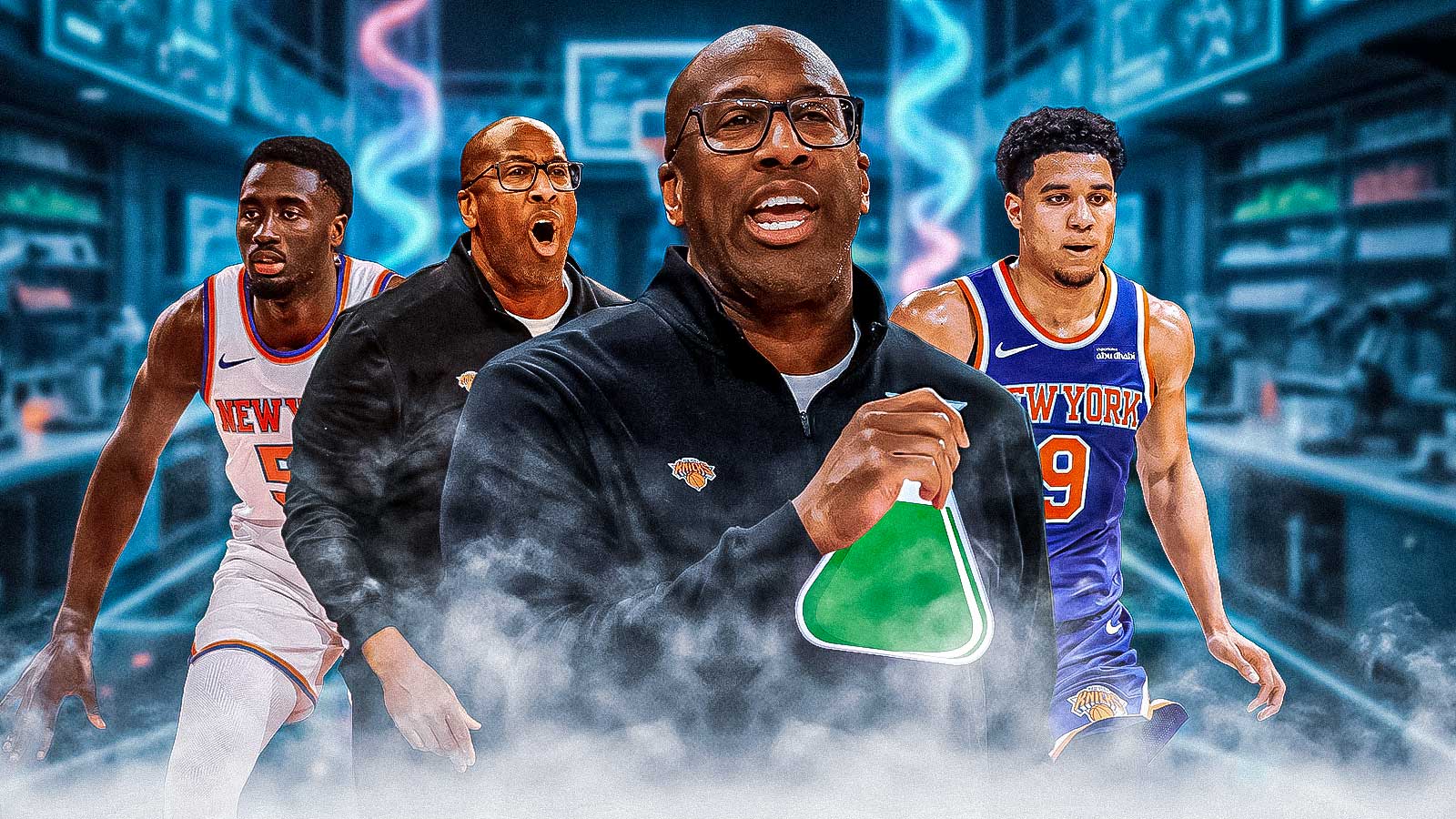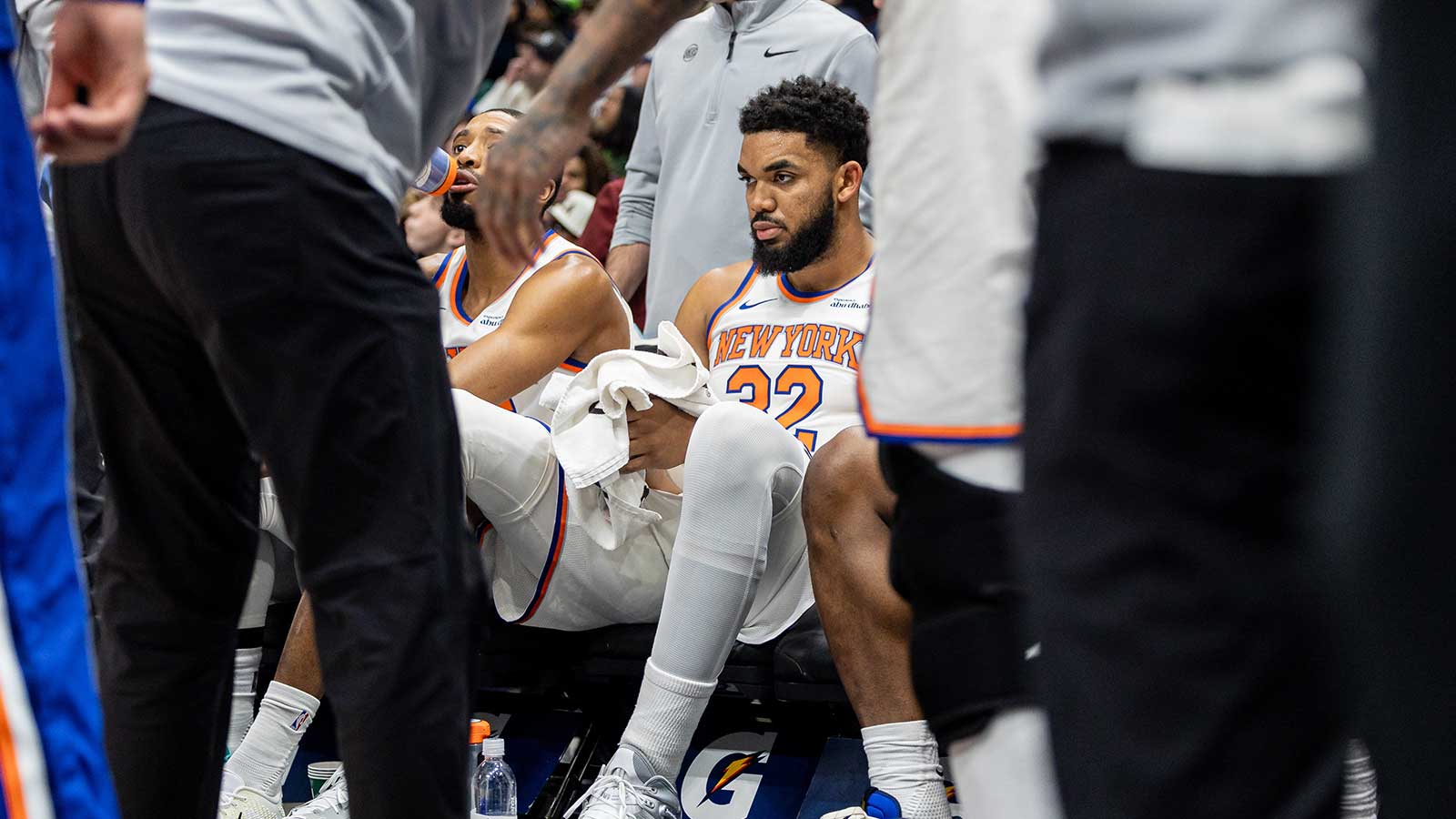After years of criticism over a lack of moves, it finally happened. The New York Knicks completed a blockbuster(ish) trade, sending RJ Barrett and Immanuel Quickley to Toronto in exchange for OG Anunoby, with a few other pieces involved in the deal as well.
Knicks followers greeted the news with a lukewarm reception. But that’s to be expected from a group as split on a path forward as Knicks fans. Still, it’s fair to wonder if the Knicks improved after swapping two cornerstones for one.
Ultimately, Anunoby and the Knicks have been linked since at least last season. The seventh-year small forward was always seen as a good fit in New York. But giving up Barrett and Quickley never seemed like part of the plan.
Realistically, sending Barrett and Quickley out in the deal makes sense for two reasons: Barrett and Anunoby both play most of their minutes at small forward. They could have co-existed, but it’s not ideal. And the Knicks' logjam at shooting guard was restricting Quickley’s development. Why trade Quickley instead of Donte DiVincenzo or Quentin Grimes? Because Toronto probably preferred Quickley and New York clearly had second thoughts about paying him.
Still, it’s bittersweet. Barrett and Quickley were supposed to celebrate success. Instead, Knicks fans are left hoping that both fan favorites were dealt for someone who is part of the solution.
But such is life. Now the Knicks have to acclimate to a new starter. So, let’s explore how the new additions can help.
What are the Knicks gaining?
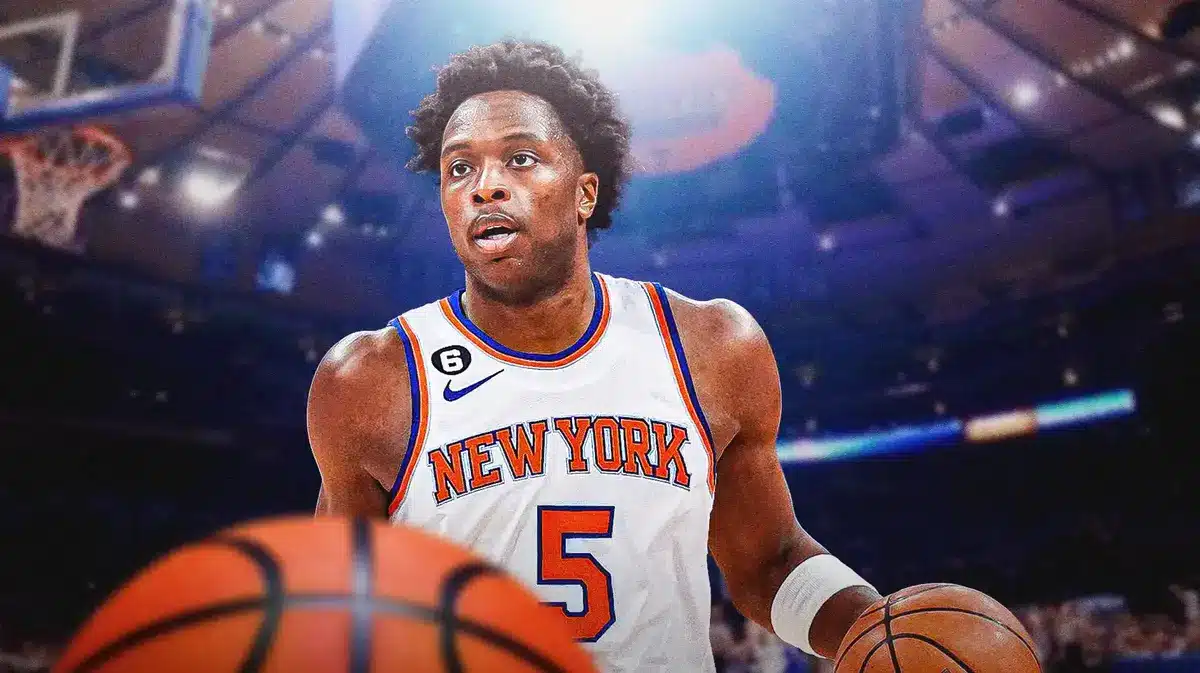
The 26-year-old OG Anunoby has played his entire career in Toronto. So far, he's averaging 15.1 points, 3.9 rebounds and 2.6 assists per game this season, but those stats don’t tell the entire story.
Anunoby is a true 3-and-D guy — something the Knicks have lacked for quite a while. The 6’7” small forward is an All-NBA defender (2022-23) and a legitimate DPOY candidate, which will certainly improve a defense in need of some help.
Anunoby’s shooting will also significantly improve spacing. He connected on 38.7% of his three-point attempts last season, ranking 54th in the entire league — better than anyone on the Knicks sans Jalen Brunson. And his presence also provides DiVincenzo and Grimes with more playing time and a longer leash, something that peeved Grimes earlier this season.
The Knicks also added Precious Achiuwa and Malachi Flynn. Achiuwa is a third-year center who can give a good 20 minutes per game backing up Isaiah Hartenstein. Flynn is a backup point guard who is averaging 5.1 points and 2.4 assists in 15.3 minutes per game.
What else went right for the Knicks?
The simple fact that this trade only cost the Knicks one second-round pick as far as draft capital is concerned is a big win. Rumors suggested that the price for OG Anunoby could be as high as two (or more) future first-rounders as recently as last year’s deadline.
What are the Knicks sending out?
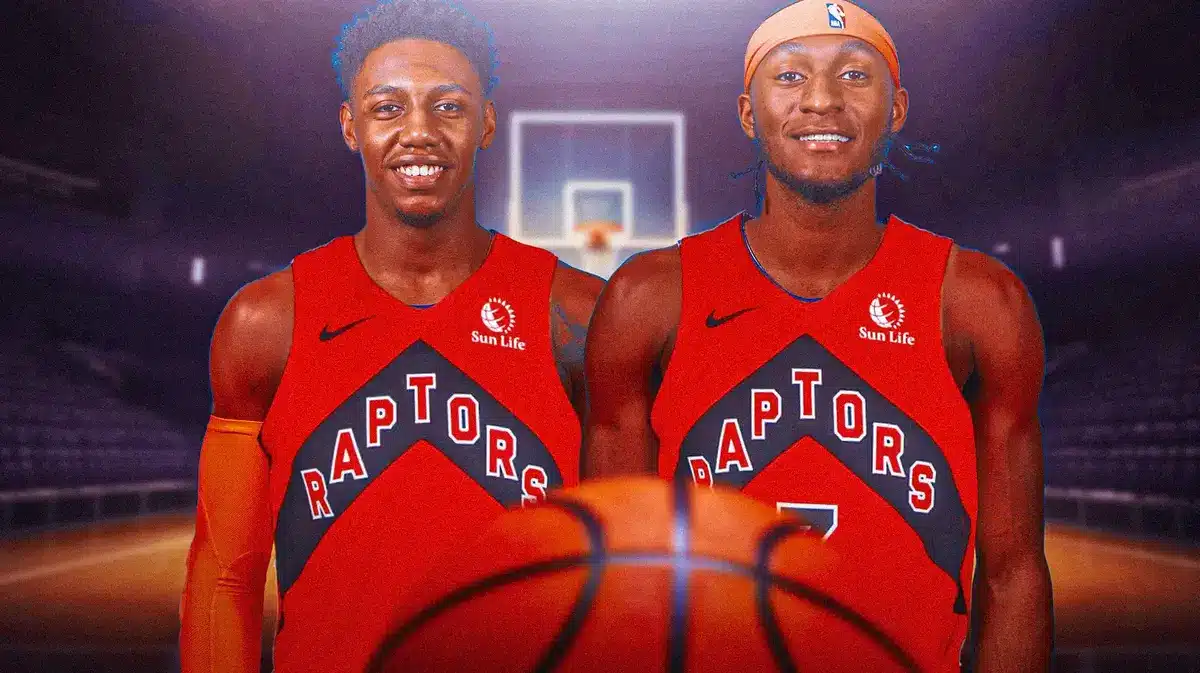
Objectively, sending out Barrett and Quickley is a lot. But the NBA season isn’t played in a vacuum. In reality, the Knicks gave Barrett enough time to prove himself. To Barrett’s credit, he clearly wanted to succeed. He had a good attitude and a great work ethic.
It just never clicked.
Maybe a fresh start back home in Toronto is best. Still, he didn’t grow into the alpha dog the Knicks hoped he would in his four complete seasons in the league, and there wasn’t enough progress to continue waiting.
Losing Quickley, the runner-up for last season’s Sixth Man of the Year award, hurts just as much as Barrett — only differently. Quickley, unlike Barrett, has demonstrated and maintained progress each season in the NBA so far.
But he was due for a sizable raise this offseason, and the salary he was hoping to secure (approximately $25 million per season) was clearly more than the Knicks wanted to pay. Trading him before losing too much leverage, matching an exorbitant offer sheet, or letting him walk for nothing certainly should have been — and clearly was — a priority. And the fact that the Knicks still have two serviceable shooting guards in DiVincenzo and Grimes only reinforces the idea that the Knicks had to act.
Did the Knicks improve and are they done dealing?
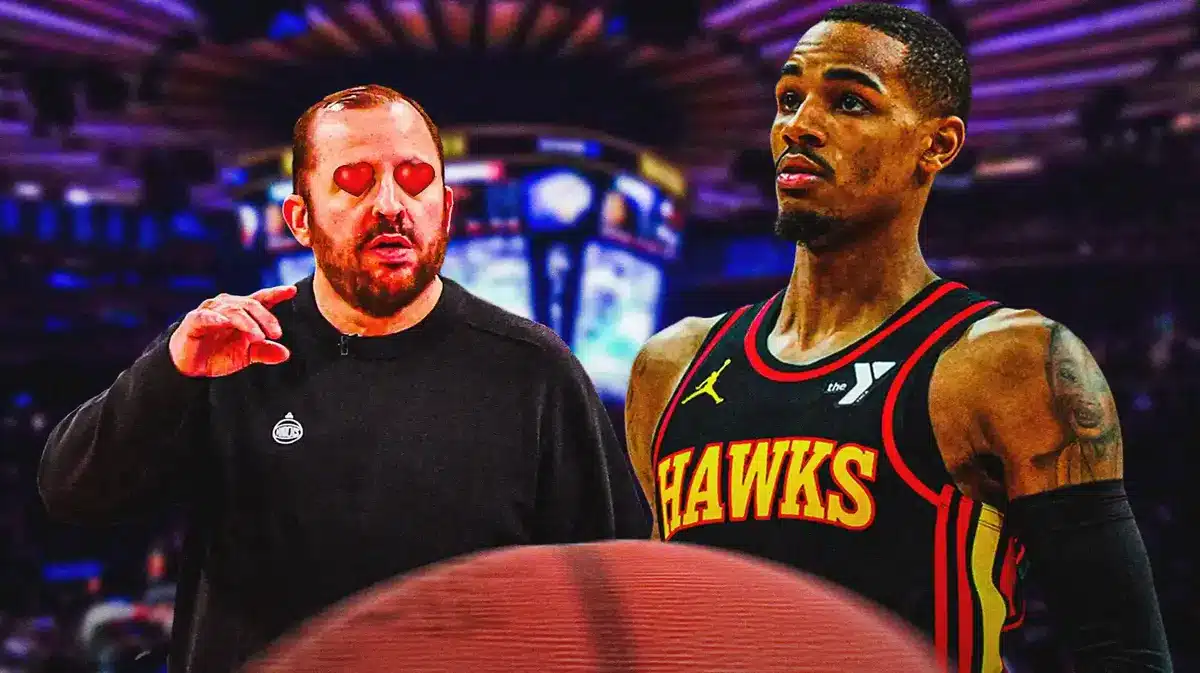
OG Anunoby can opt out of his deal this offseason. So, while the Knicks probably saved themselves some money in total, they didn’t save as much as it seems. According to Jake Fischer of Yahoo Sports, Anunoby wanted a multi-year deal worth $40-plus million per season. However, New York was always seen as a legitimate destination for Anunoby, and it could result in a discount for the Knicks. Furthermore, Anunoby's agent Sam Rose is Knicks president Leon Rose's son.
But the game is about winning, not saving money. A lineup of Brunson, DiVincenzo, Anunoby, Julius Randle, and Isaiah Hartenstein seems like an improvement, albeit a minor one. But a lot of the Kncks’ future upside is predicated on their ability to complete another move. Can the Knicks add Dejounte Murray before the trade deadline, too? Do they believe they have the inside track on Donovan Mitchell this offseason? If neither is true, the Knicks' ceiling is probably still right around where it was prior to the deal.
But hanging on to all of their draft capital was hugely important. They can still use as much of that as they see fit, as well as Evan Fournier’s expiring deal and maybe Quentin Grimes to add another disgruntled star. And for the record, the Knicks own all of their own picks and four additional first-round picks in the next three seasons, with three owed in 2024.
A lineup of Brunson, Anunoby, Randle, Hartenstein (and Mitchell Robinson in the future), plus either Murray or Mitchell just might be good enough to deliver the Knicks what they’ve quested after for a half-century: a championship.

